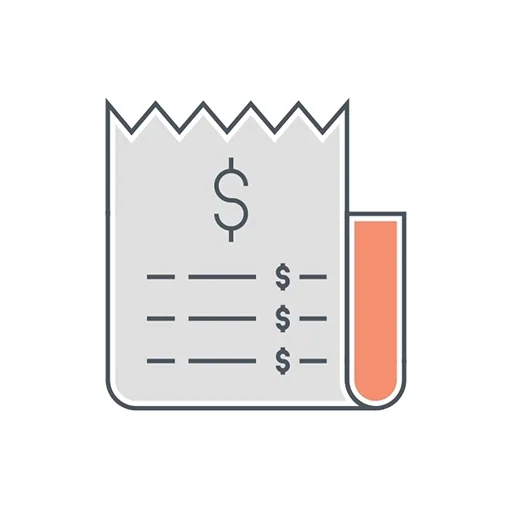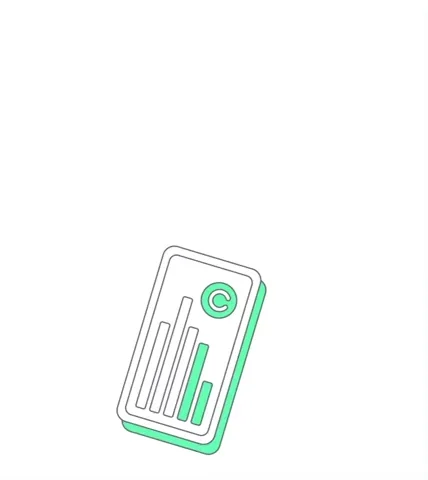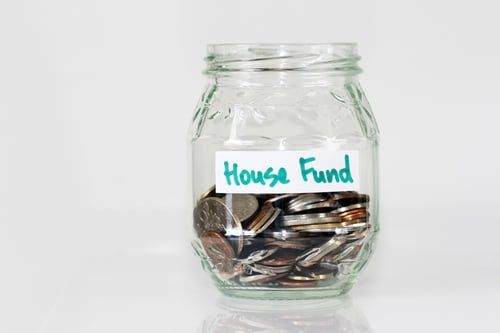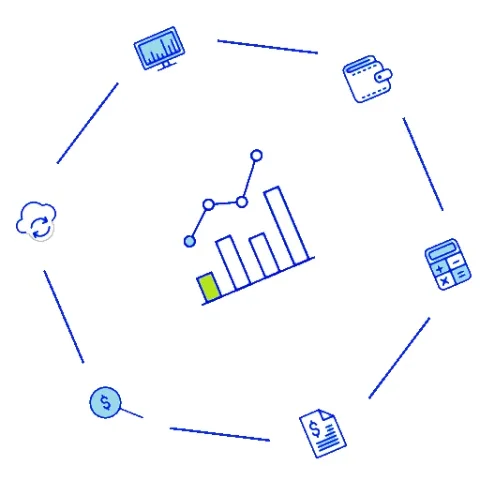
This logo isn't an ad or affiliate link. It's an organization that shares in our mission, and empowered the authors to share their insights in Byte form.
Rumie vets Bytes for compliance with our
Standards.
The organization is responsible for the completeness and reliability of the content.
Learn more
about how Rumie works with partners.
If you don't know how much you spend each month, you won't know where you have overspent. Even the smallest purchases can mean that you won't have enough money to cover all your expenses for the month. Now, these may be new terms for you — but don’t be intimidated.
 Photo by Alexander Mills (unsplash.com)
Photo by Alexander Mills (unsplash.com)
Figure Out Where Your Money Is Going
Step 1: Create a Budget
First, write down all of your sources of income (the money you earn) over the course of a month and calculate the total.
Next, write down a list of all the expected expenses (money you spend) for the month, e.g. mortgage or rent, utilities, groceries, transportation, and calculate the total.
Break expenses into two categories: fixed and variable.
Fixed expenses are predictable. They stay the same from one time period to the next, like how much you spend on rent. Variable expenses change based on your daily spending decisions like eating at restaurants or buying clothes.
Quiz
Which one of the options is NOT a fixed expense?
Coffee is a variable expense! You may choose to buy coffee out at cafes, or to reduce your spending by making coffee at home.
Step 2: Review Your Budget Monthly

At the end of the month, if you have money left over when you subtract your total income from your total expenses, you're off to a good start!
Any leftover money you have at the end of the month, you can increase certain areas of your budget such as retirement savings. If you're in a situation where expenses are higher than income, you should look at your variable expenses to find areas to cut.
Step 3: Choose your method of tracking expenses
You can use a digital tool, like a spreadsheet, or a manual tool to stick to a budget. A budget is a way of managing your money to ensure you have enough to cover all of your key expenses.
Put another way, it makes sure that your income is greater or equal to your expenses.
 Photo by Nordwood Themes (Unsplash.com)
Photo by Nordwood Themes (Unsplash.com)
Quiz
What does budgeting mean?
Tracking your money will mean that you know how much you will have available for rent and groceries each month.
Use a spreadsheet
Here is a helpful video series that explains how to create a budget and track expenses in excel. You can use the same method with a pen and paper.
Use an app

Tracking expenses can be difficult but there are several apps that you can install on your smartphone to make it easier:
Mint for saving more and spending less
PocketGuard for a simplified budgeting snapshot
Qube Money for all-inclusive budgeting
Some of these apps are free, while others come at a monthly cost. Several of these apps also analyze your spending.
Use the jar method
If you don't have access to an app or Excel, you can use the jar method.
Supplies needed:
jars (or envelopes)
labels
money

Watch the video below for instructions:
Take Action

Planning is the best way to take control of your financial future.
Before the end of each week or month, set aside some time to review your own spending, then create a budget for the next week or month. The key is to start working financial habits into your routine.
To stay on top of your day-to-day money management and long-term financial planning:
This Byte has been authored by
Nola Simon
rid/remote work better. #TheFutureIsHybrid
Deena Saldanha
Here to help!
Jennifer Goodwin
n/a
Tamara Lee
Systems Specialist
This Byte has been reviewed by
Khai Nhuien
BCom